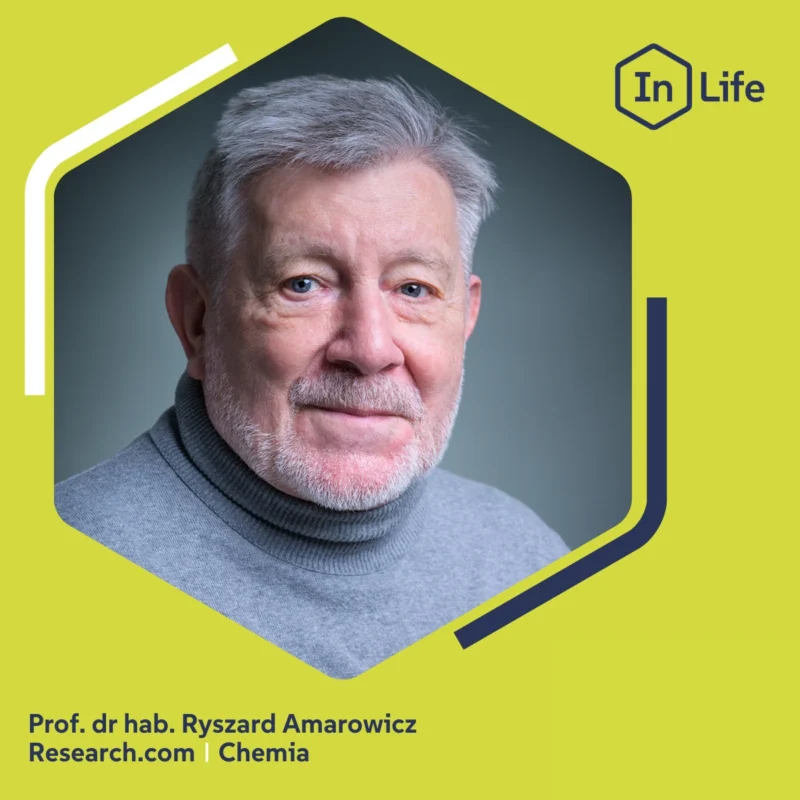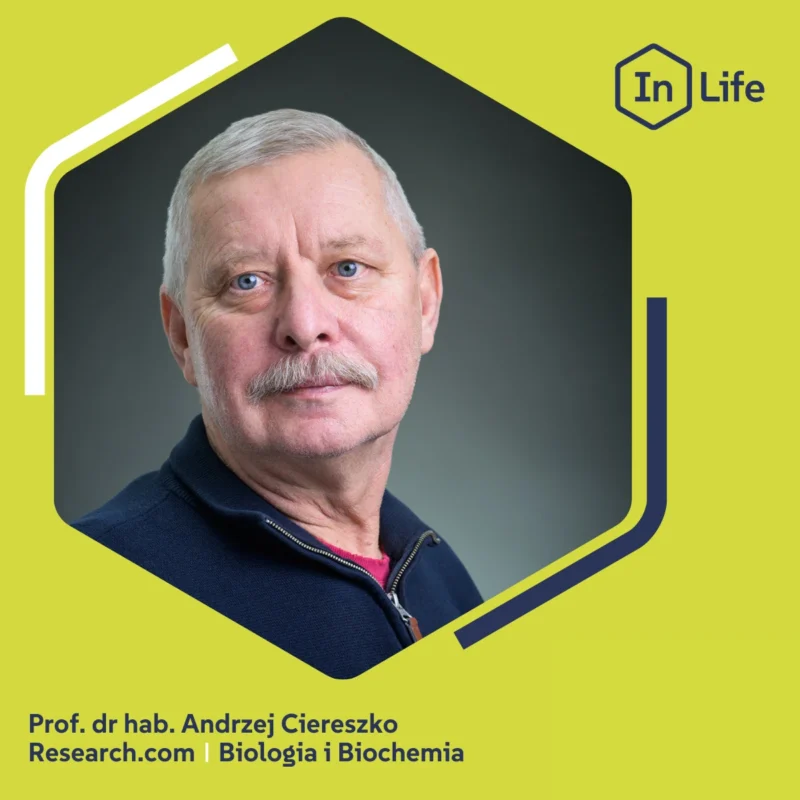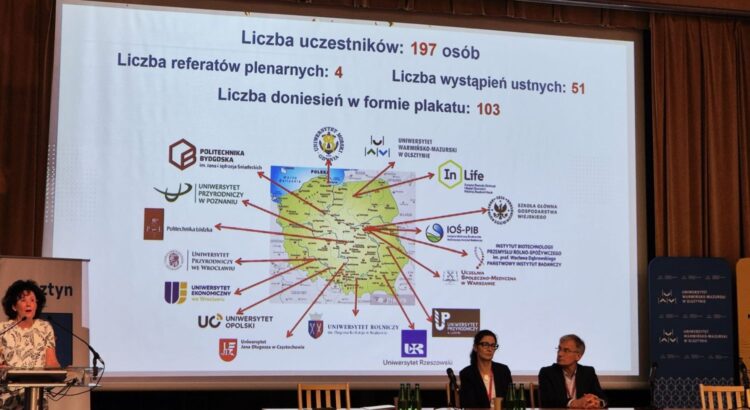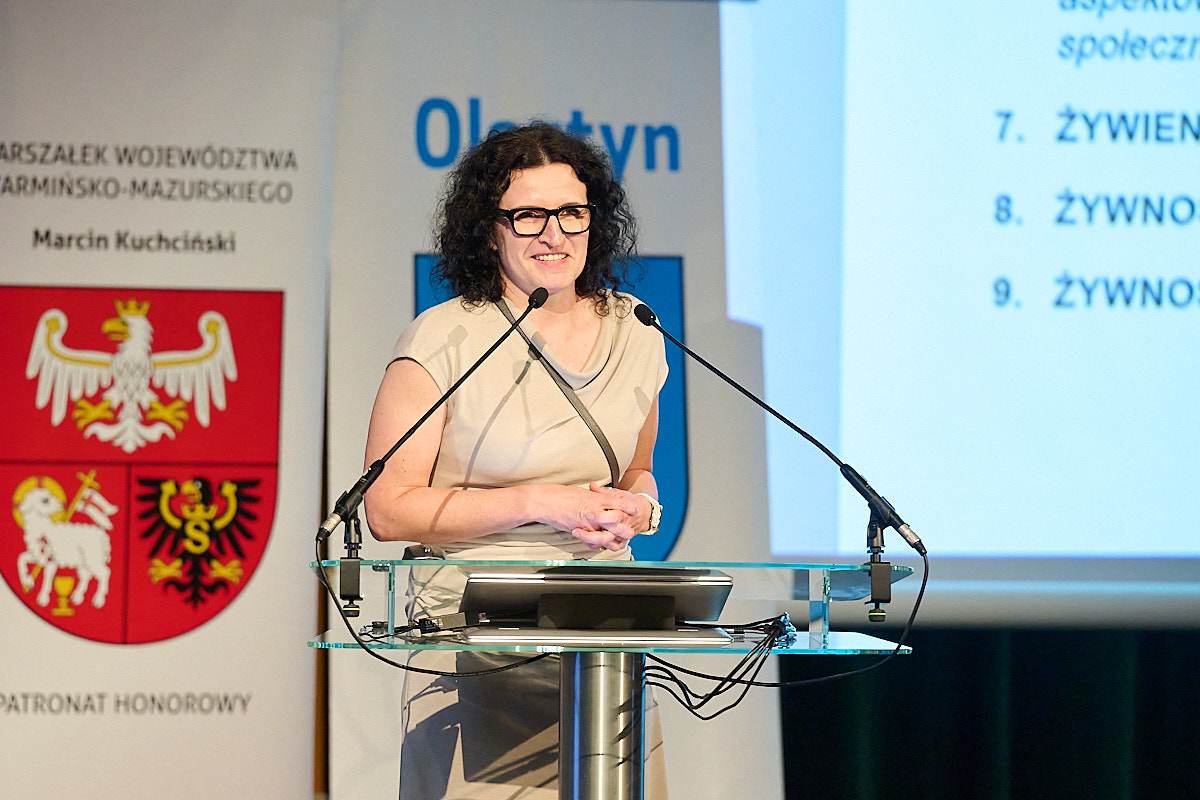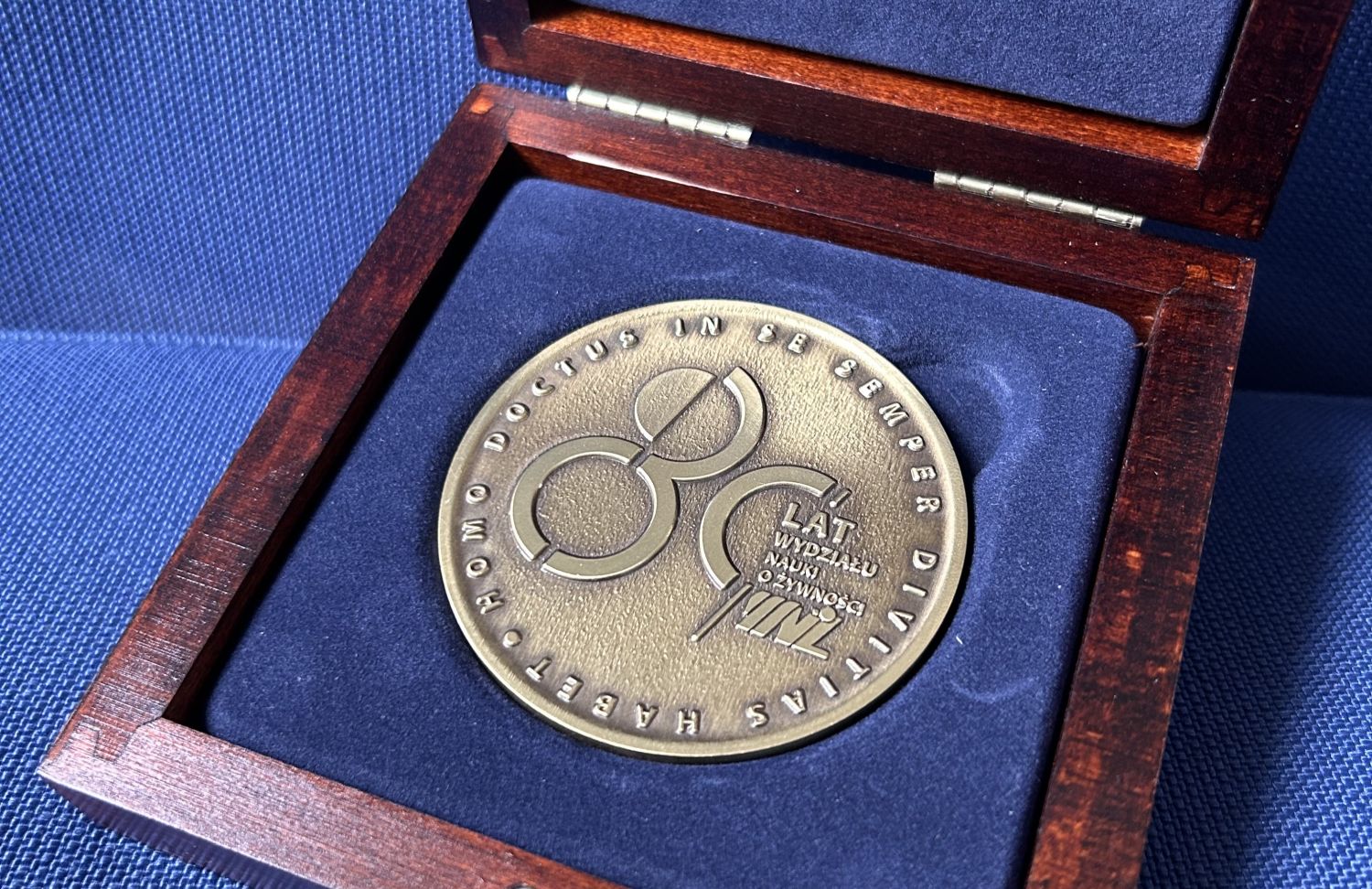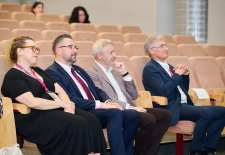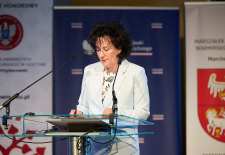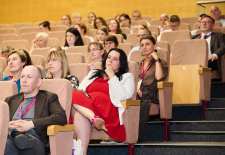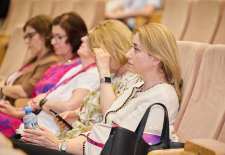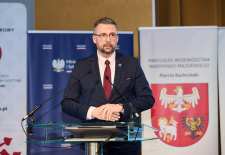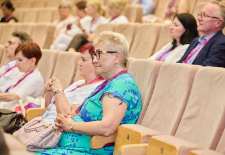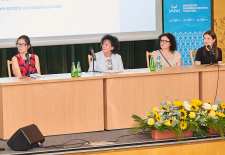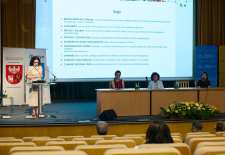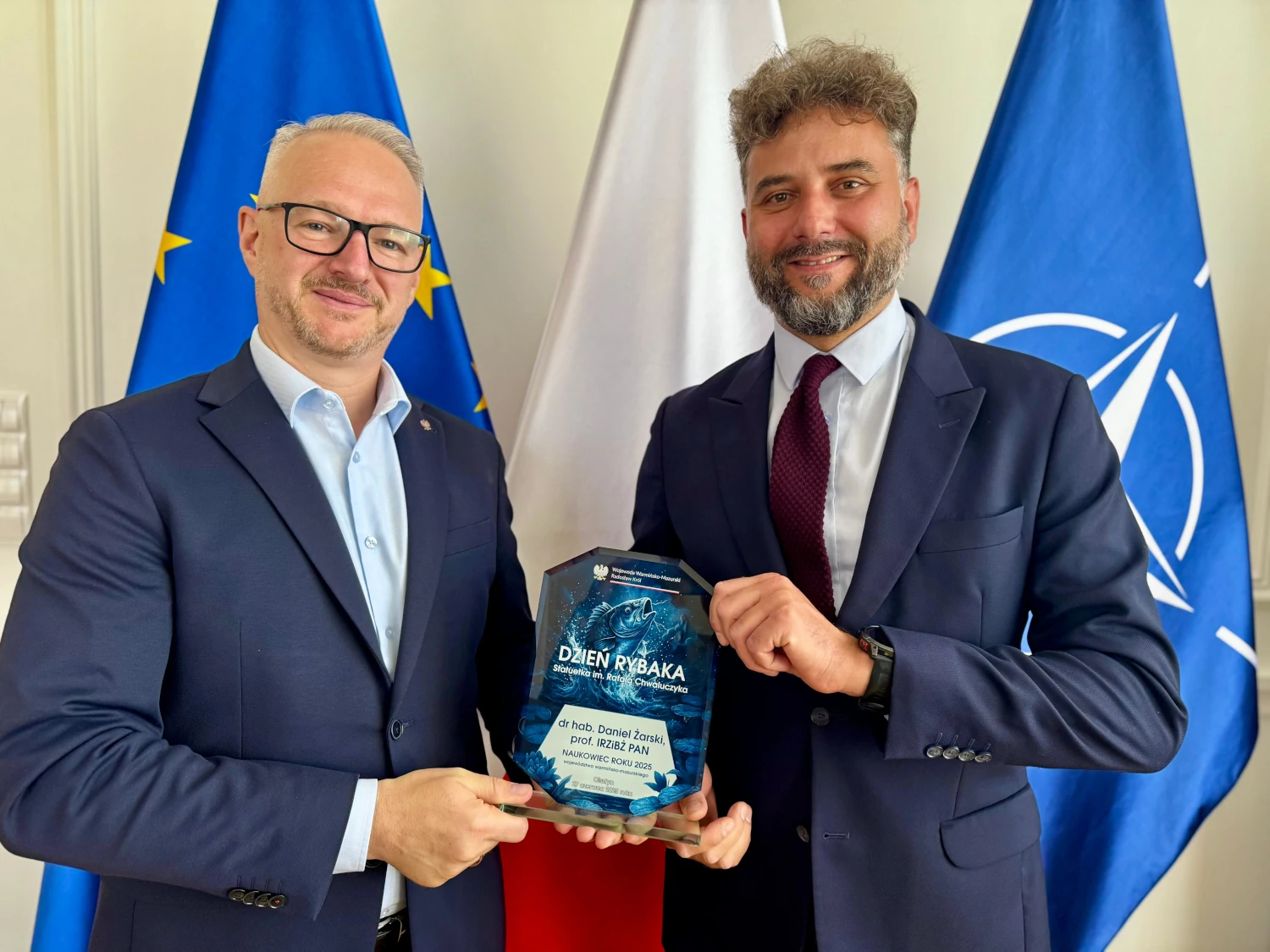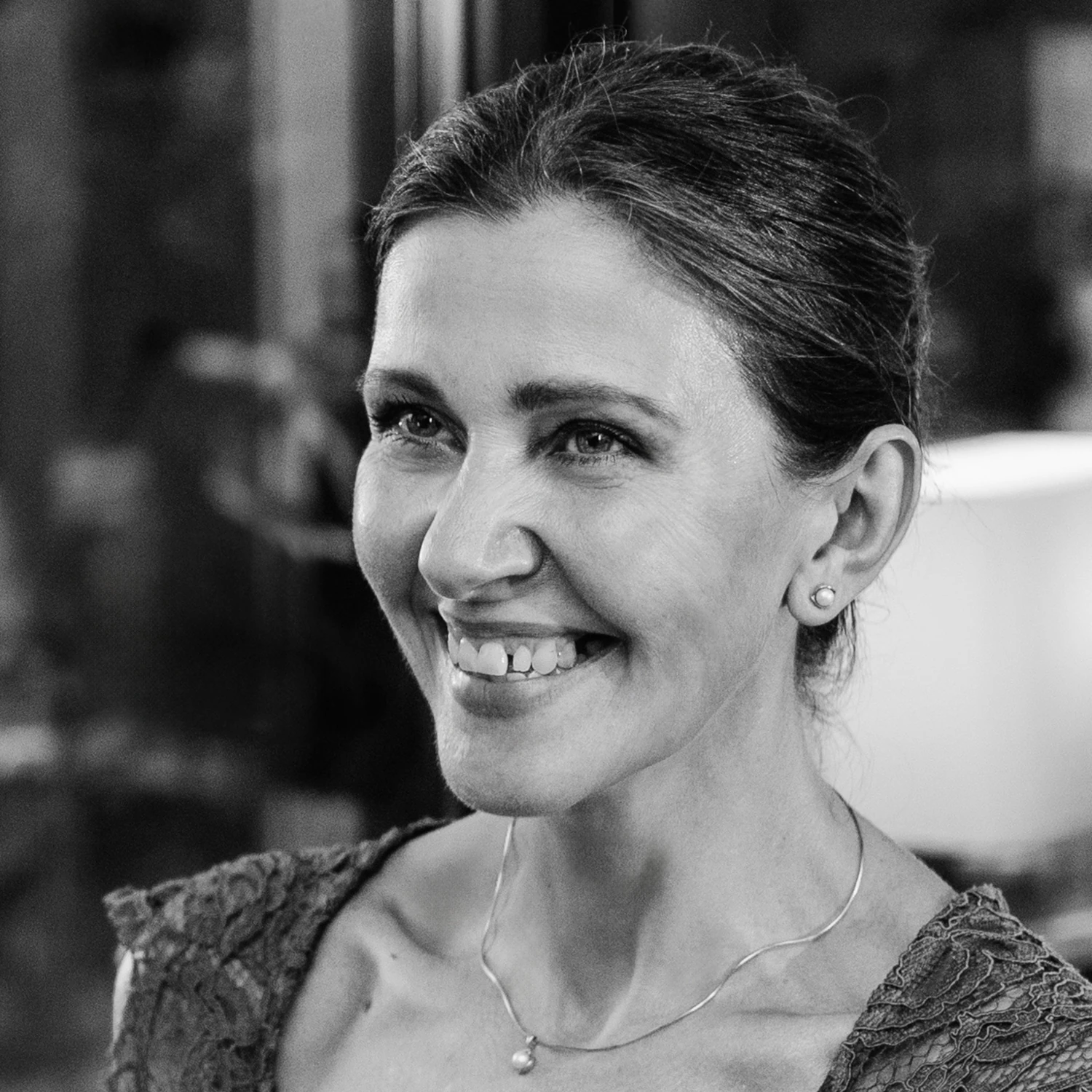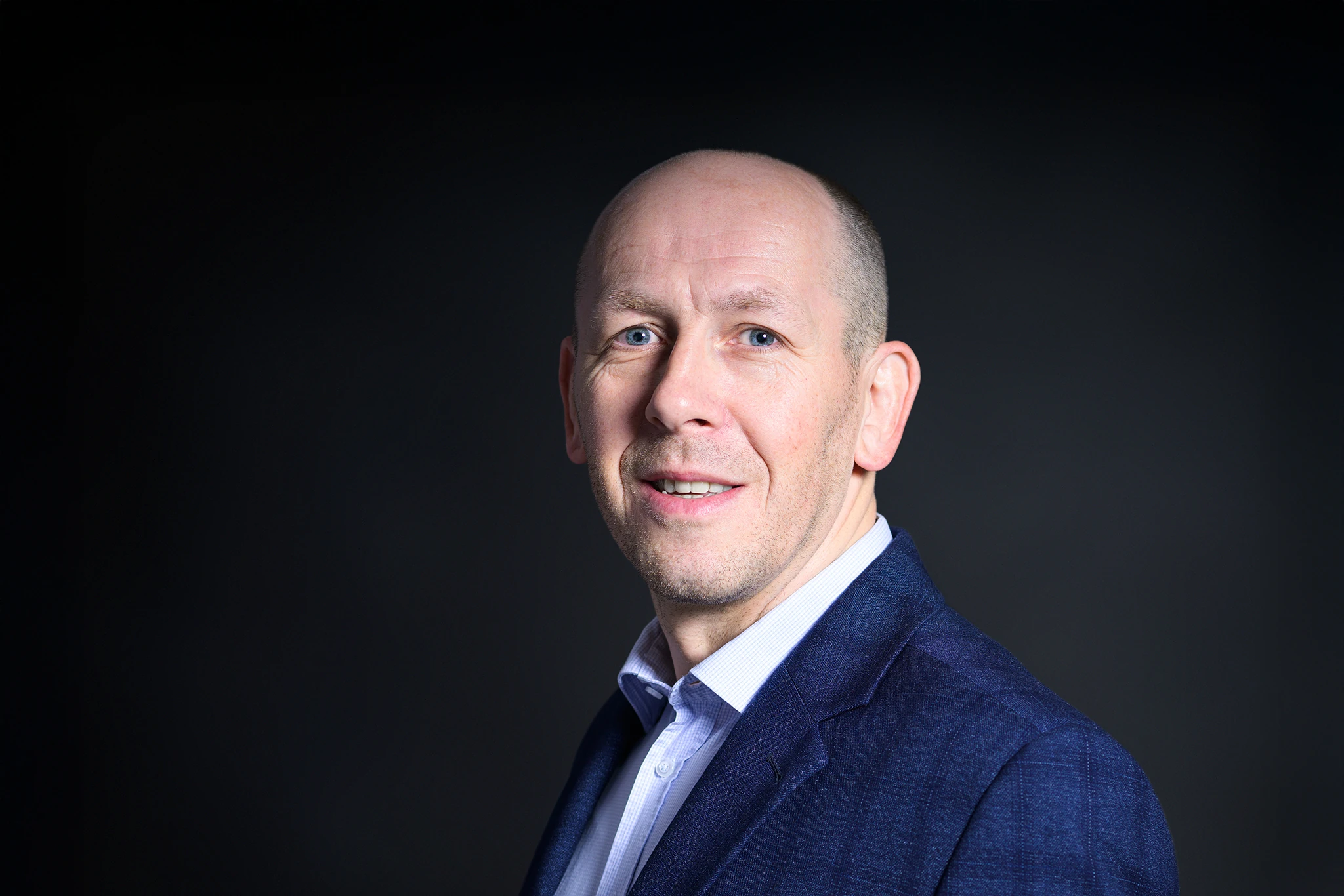
W ostatnich latach kwestie jakości i bezpieczeństwa żywności stały się przedmiotem gorącej debaty, szczególnie w kontekście importu produktów spoza Unii Europejskiej. Rolnicy i politycy zgłaszają obawy co do jakości zdrowotnej sprowadzanych produktów spożywczych. Jakie rozwiązania chronią nas przed potencjalnymi niebezpieczeństwami? Jakie wyzwania stoją przed konsumentami w związku z rosnącymi zmianami na globalnym rynku żywności?
Autor: dr hab. Adam Jurgoński, profesor Instytutu, lider Zespołu Biologicznych Funkcji Żywności.
Nadzór nad żywnością
Jakość i bezpieczeństwo żywności w Polsce są monitorowane przez szereg organów administracji rządowej, w tym Państwową Inspekcję Sanitarną, Inspekcję Weterynaryjną i Inspekcję Jakości Handlowej Artykułów Rolno-Spożywczych. To głównie one sprawują nadzór nad produktami spożywczymi zarówno krajowymi, jak i tymi importowanymi, w tym również spoza Unii Europejskiej. Na poziomie unijnym działa natomiast Europejski Urząd ds. Bezpieczeństwa Żywności (EFSA), analizujący dostępne dane naukowe i oceniający zagrożenia związane z żywnością, w tym obecnością obcych substancji chemicznych. Unia Europejska dysponuje także Systemem Wczesnego Ostrzegania o Niebezpiecznej Żywności i Paszach (RASFF), który umożliwia szybkie przekazywanie informacji i podejmowanie działań w celu wycofania z rynku unijnego produktów mogących stanowić zagrożenie dla zdrowia.
Dzięki zorganizowanemu systemowi nadzoru i kontroli konsumenci mogą liczyć na bezpieczeństwo żywnościowe na odpowiednim poziomie. Jednak temat importu żywności spoza UE, zwłaszcza w kontekście umów handlowych, takich jak UE-Mercosur, może budzić wśród niektórych środowisk obawy związane z różnicami w sposobie produkcji, a co za tym idzie – także w jakości sprowadzanych artykułów spożywczych.
Dostępność żywności na świecie – sytuacja w ujęciu lokalnym i globalnym
Problem zapewnienia odpowiedniej ilości żywności na świecie nie jest taki jednoznaczny. W Europie i Ameryce Północnej mamy bowiem z reguły do czynienia z nadmiarem żywności, co prowadzi do problemów zdrowotnych związanych z otyłością i chorobami dietozależnymi, jak cukrzyca typu 2 czy choroby układu krążenia. Efektem nadmiaru żywności jest także jej marnotrawstwo – coraz większy problem społeczny, z którym walczy się poprzez różnorodne inicjatywy, w tym kampanie informacyjne, optymalizację łańcuchów dostaw czy tworzenie tzw. banków żywności. Jednak w regionach świata dotkniętych konfliktami czy ubóstwem, jak niektóre kraje Afryki Subsaharyjskiej, niedobór żywności, a nawet okresowe klęski głodu, wciąż stanowią realny problem.
Nowe źródła białka – owady i sztuczne mięso na talerzu?
Współczesne trendy związane z ochroną środowiska i zmieniającymi się preferencjami konsumentów prowadzą do poszukiwań alternatywnych źródeł białka. Choć kontrowersyjny, temat wykorzystywania owadów w produkcji żywności staje się w tym kontekście coraz bardziej popularny. Postuluje się, że owady mogą stanowić wartościową alternatywę dla tradycyjnych źródeł białka.
Jednak nie chodzi tu tylko o zaspokojenie zapotrzebowania na białko. Zjawisko to trzeba również postrzegać w kontekście zmieniającego się podejścia do hodowli zwierząt gospodarskich, które w wyniku jej intensyfikacji odbierane jest przez rosnące grono osób jako kontrowersyjne. Między innymi właśnie dlatego niektórzy decydują się na diety oparte o żywność pochodzenia roślinnego, które – jeśli dobrze zbilansowane – mogą być wystarczające pod względem odżywczym dla osób dorosłych, nieobciążonych nadmiernym wysiłkiem fizycznym. Jednak w skrajnych przypadkach mogą niestety prowadzić do poważnego niedożywienia, szczególnie u dzieci. W tym kontekście pojawia się kwestia niepełnej wartościowości białka pochodzenia roślinnego oraz alternatywnych źródeł jego pozyskiwania, takich jak np. sztuczne mięso, którego pilotażowa produkcja jest już prowadzona w niektórych krajach.
Przyszłość żywności – prawo do informacji oraz wyboru
Konsumenci mają prawo do rzetelnej informacji i swobodnego wyboru produktów spożywczych obecnych na rynku. Bez względu na to, czy mówimy o owadach, sztucznym mięsie czy żywności importowanej, ostateczna decyzja, który lepszy, powinna zatem należeć do dobrze poinformowanego i wyedukowanego konsumenta. Wiele wskazuje na to, że zainteresowanie owadami jako źródłem białka nie będzie powszechne ze względu na ich egzotyczność jako składnik pożywienia w naszym kręgu kulturowym. Konkurencyjność cenowa oraz smak będą natomiast odgrywać bardzo istotną rolę podczas akceptacji produktów importowanych czy też sztucznie wytworzonych.
Kwestia żywności, zarówno tej krajowej, jak i importowanej, jest stałym tematem dyskusji. Niezależnie od przyjętych trendów, ważne jest, aby zapewnić odpowiednią edukację oraz informacje, które umożliwią podejmowanie świadomych wyborów konsumenckich. Z kolei w przypadku dzieci szczególnie ważne jest prawidłowe zbilansowanie diety, uwzględniające pełnowartościowe białko pochodzenia zwierzęcego, dostosowane do ich wieku i niezbędne dla prawidłowego wzrostu oraz rozwoju. Ocena sytuacji żywnościowej wskazuje, że w obliczu nowych wyzwań konsumentom należy zapewniać dostęp do rzetelnych informacji na temat pochodzenia, jakości, a także wartości odżywczej i właściwości zdrowotnych produktów spożywczych. W ten sposób można mieć nadzieję, że rynek żywności będzie kształtować się zgodnie z preferencjami konsumentów i ich potrzebami zdrowotnymi.



